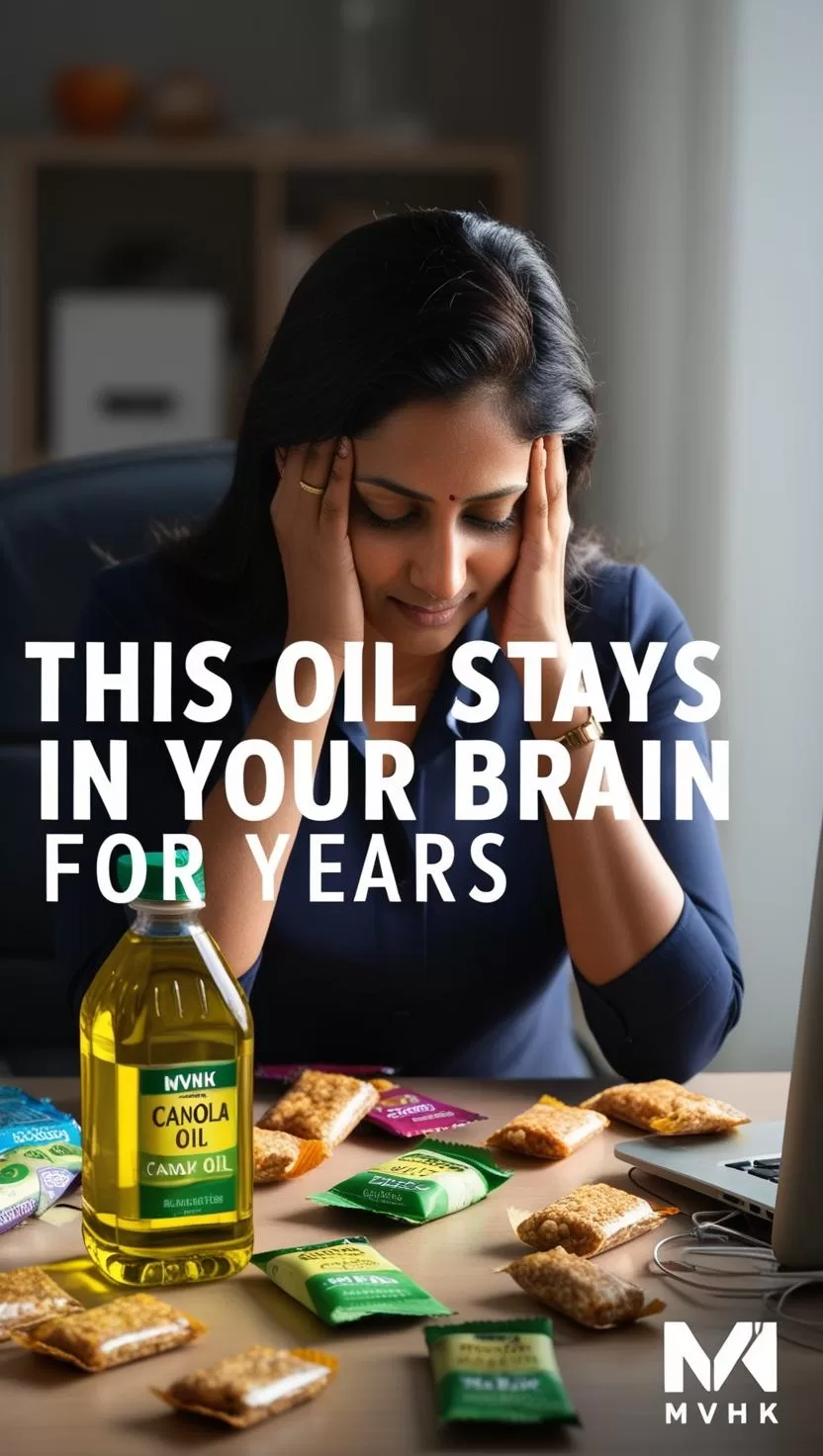Seed Oils and Brain Fog: How to Defend Your Body From These Hidden Toxins
Seed oils like canola, corn, and soybean oil now account for nearly one-third of the average American’s caloric intake. Yet before 1900, they didn’t even exist in the human diet. These ultra-processed oils are chemically unstable, inflammatory, and disturbingly persistent—lingering in your body fat and brain for years.
In this article, we reveal the truth behind seed oils, debunk the myths about their “heart health” benefits, and share 3 powerful ways to eliminate them from your life.
1️⃣ The Real Danger: What Seed Oils Do to Your Brain and Body
🧠 Oxidized Omega-6s and Cognitive Decline
Most seed oils are rich in omega-6 fatty acids, which are extremely unstable when heated. These fats oxidize easily, turning into harmful compounds like aldehydes that are toxic to brain tissue. Studies have linked high omega-6 intake with depression, anxiety, and even neurodegenerative disorders like Alzheimer’s. [source]
When you eat seed oils, these damaged fats integrate into your cell membranes and brain tissue, driving chronic inflammation and disrupting neural function.
🔬 How They’re Made — Industrial Waste, Not Real Food
You can’t squeeze a soybean and get oil. To extract oil from seeds, manufacturers use high-heat processing and hexane, a neurotoxic solvent. This process strips the oil of antioxidants, creating a product that’s unstable, easily oxidized, and biologically foreign.
Even worse, this oil doesn’t leave your system quickly. It can take 600+ days to eliminate just half of the omega-6 fats stored in your tissue.
2️⃣ Myth-Busting: Seed Oils Are Not “Heart Healthy”
🏥 Follow the Money — AHA’s $1.7M Conflict of Interest
In 1948, Procter & Gamble—who made Crisco, a seed oil product—donated $1.7 million to the American Heart Association. Overnight, seed oils were branded as “heart healthy,” and saturated fats like butter were demonized. [source]
But this PR pivot wasn’t backed by real science—it was funded.
⚠️ The Cholesterol Sleight of Hand
Yes, seed oils reduce LDL cholesterol. But they significantly increase oxidized LDL, the form linked to plaque buildup and heart disease. It’s like trading one risk marker for a more dangerous one. [source]
3️⃣ How to Defend Yourself: 3 Ways to Cut Seed Oils Today
🧹 Start with Your Pantry
Go ingredient-hunting. If a food product has more than five ingredients, it likely hides seed oils. Remove:
- Canola oil
- Corn oil
- Soybean oil
- Sunflower oil
- Safflower oil
Replace with:
- Cold-pressed olive oil
- Coconut oil
- Ghee
- Grass-fed butter
Pro tip: Shop the perimeter of the grocery store—produce, meat, dairy—and skip the middle aisles filled with ultra-processed junk.
🥗 Eat Foods With No Barcode
Seed oils are found in food products, not food. Stick to whole, single-ingredient foods:
- Meat
- Eggs
- Fish
- Fruits
- Vegetables
If it didn’t exist 200 years ago, don’t eat it.
✅ Conclusion: How to Get Started Today
The average American eats 25X more omega-6 fats than our ancestors ever did. It’s time to reset. Begin with these small but powerful changes:
- Purge your pantry.
- Choose whole foods.
- Prioritize healthy saturated and monounsaturated fats.
Your brain, waistline, and energy levels will thank you.
🔍 FAQ
❓ What foods are highest in seed oils?
Most processed foods: chips, crackers, salad dressings, protein bars, and “vegetable oil” labeled products.
❓ Can I cook with olive oil instead?
Yes. High-quality, extra-virgin olive oil is safe and stable under medium heat.
❓ How long does it take to detox seed oils?
Studies suggest it takes 600–680 days to eliminate half the seed oils from your body fat. Full detox can take 3+ years, but benefits start in weeks.






